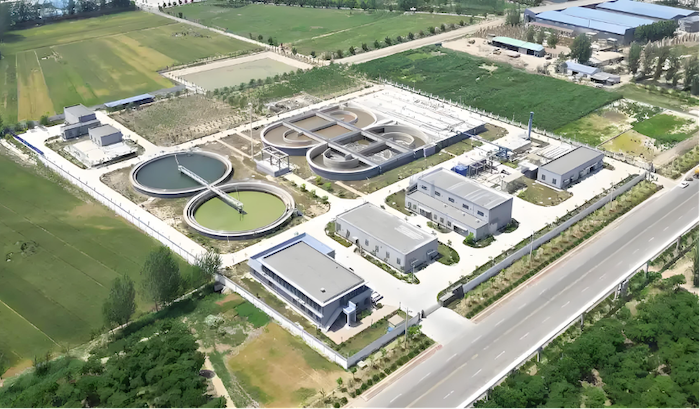China has emerged as a global leader in developing cost-effective, decentralized water and sanitation solutions that address the twin challenges of infrastructure limitations and resource scarcity. These innovations are particularly valuable for rural communities, peri-urban settlements, and disaster-response scenarios where traditional centralized systems are impractical or prohibitively expensive. Chinese providers are combining modular designs, renewable energy integration, and smart monitoring to create scalable systems that meet diverse needs across the Global South.

The New Generation of Decentralized Solutions
Chinese manufacturers and tech firms have pioneered several breakthrough categories in decentralized water treatment:
Containerized Treatment Units: Companies like OriginWater and Jiangsu Jiuwu Hi-Tech have developed 20-foot container systems incorporating ultrafiltration and solar power that can produce 50,000 liters of clean water daily at 30% lower cost than conventional plants. These are being deployed across Africa and Southeast Asia.
Household Nanofiltration: Startups such as Waterlite have commercialized battery-free filters using graphene oxide membranes that remove 99.7% of pathogens while operating under normal water pressure, eliminating the need for electric pumps.
Mobile Sanitation Pods: Hengtong Group's SaniHub units combine biogas digesters with modular toilets that convert waste to fertilizer and methane, serving refugee camps in partnership with UN agencies.
Technology Drivers Making Decentralization Viable
Three technological synergies enable these solutions:
Material Science Advances: Novel ceramic membranes and photocatalytic coatings developed at Tsinghua University have doubled filter lifespans while reducing production costs by 40% since 2022.
IoT Minimalism: Low-power, long-range sensors from Huawei's LiteOS ecosystem allow remote monitoring of hundreds of units via single base stations, cutting operational overheads.
Renewable Integration: Hybrid solar-thermal systems now power reverse osmosis units continuously, overcoming intermittency challenges that previously limited off-grid applications.
In Indonesia's Thousand Islands regency, Bluephage's decentralized wastewater clusters serving 150 households each have reduced marine pollution by 62% while costing municipalities 75% less than sewer extensions. Similarly, in rural Shanxi province, Jiarong Technology's package plants treating acid mine drainage have enabled agricultural reuse of previously toxic water sources through automated pH balancing systems.
Future systems will likely incorporate self-healing biopolymer membranes currently in lab testing at Tongji University, potentially eliminating filter replacement needs. Artificial intelligence will enable predictive maintenance across distributed networks, while blockchain-based water credit systems may create new financing models. Perhaps most significantly, the convergence of 6G connectivity and edge computing could enable real-time water quality trading between micro-utilities, creating resilient peer-to-peer water networks.
Key Takeaways
- Modularity Over Monoliths: Chinese solutions prove small-scale, replicable units often outperform traditional infrastructure in cost and adaptability.
- Energy-Aware Design: Successful systems minimize or eliminate grid dependence through innovative power solutions.
- Smart Simplicity: Purpose-built IoT achieves essential monitoring without expensive over-engineering.
Disclaimer
While these technologies show great promise, their long-term performance across diverse climatic and socioeconomic conditions requires continued evaluation. Local maintenance capacity building remains critical for sustainable adoption.


